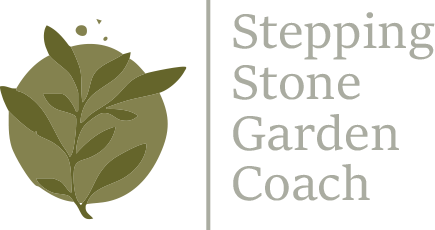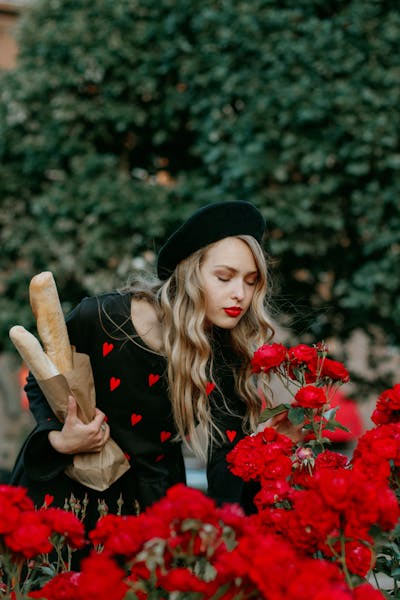 Love is in the air this Valentine’s season, and your garden can be the perfect place to cultivate romance—not just for you, but for nature’s best matchmakers: pollinators! Bees, butterflies, and hummingbirds play a crucial role in helping flowers reproduce, much like Cupid bringing soulmates together. This Valentine’s Day, why not create that welcomes these winged wonders and fills your yard with beauty, fragrance, and life?
Love is in the air this Valentine’s season, and your garden can be the perfect place to cultivate romance—not just for you, but for nature’s best matchmakers: pollinators! Bees, butterflies, and hummingbirds play a crucial role in helping flowers reproduce, much like Cupid bringing soulmates together. This Valentine’s Day, why not create that welcomes these winged wonders and fills your yard with beauty, fragrance, and life?
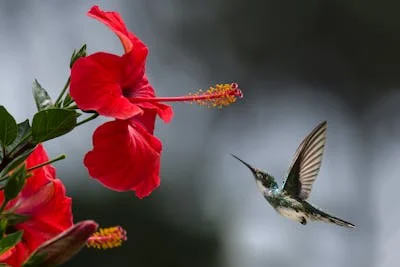
Why Pollinators Are Nature’s Matchmakers
Pollinators transfer pollen from one flower to another, ensuring that plants produce fruits, seeds, and more blooms. Without them, our gardens—and much of our food supply—wouldn’t flourish. Much like love, pollination is about connection, attraction, and nurturing growth. By designing a garden that invites pollinators, you help sustain local ecosystems while enjoying a stunning, love-filled landscape.
Best Flowers to Attract Pollinators
To create an irresistible love-in-bloom garden, plant a variety of flowers that provide nectar and pollen throughout the seasons. Here are some top choices to attract bees, butterflies, and hummingbirds:
🌸 Bees Love:
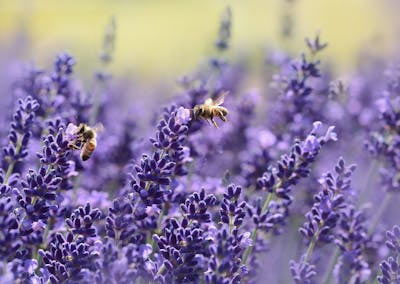
Lavender – Fragrant and full of nectar, it’s a bee favorite.
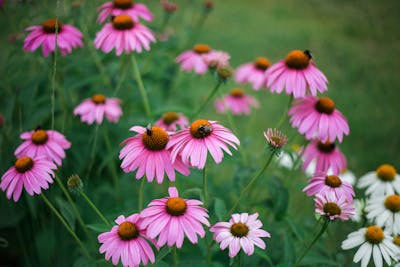
Coneflowers – Bright and long-blooming, perfect for native bees.
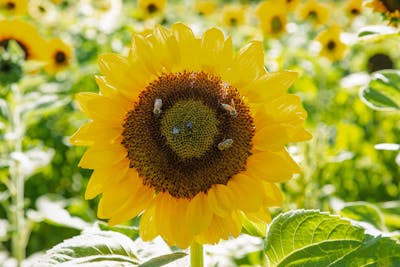
Sunflowers – Large, pollen-rich blooms that bees can’t resist.
🦋 Butterflies Love:
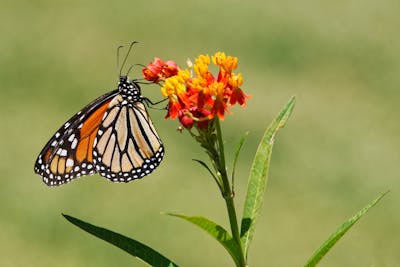
Milkweed – Essential for monarch butterflies.

Lantana – A butterfly magnet with clusters of tiny, colorful blooms.
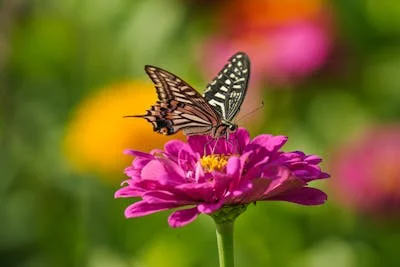
Zinnias – Easy to grow and beloved by many butterfly species.
🐦 Hummingbirds Love:
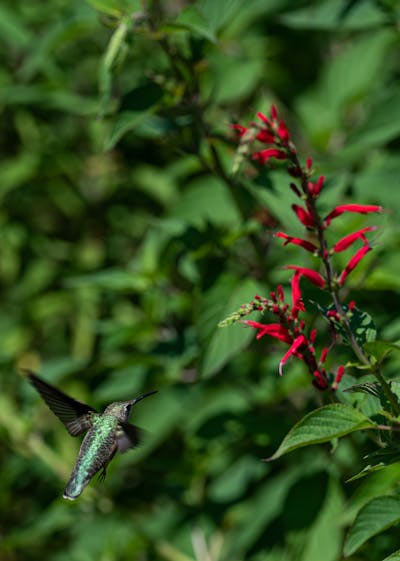
Salvia – Rich in nectar and available in red, a hummingbird favorite.
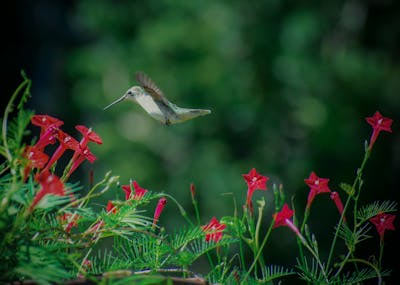
Trumpet Vine – Its tubular flowers make feeding easy for hummingbirds.
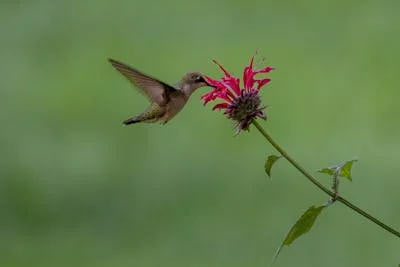
Bee Balm – Beautiful and fragrant, a top choice for both bees and hummingbirds.
Creating Your Love-In-Bloom Garden
Diverse Plantings – Include a mix of nectar and pollen-rich flowers to support different types of pollinators.
Plant in Clumps – Larger groupings of the same flower species make it easier for pollinators to find food.
Choose Native Plants – Native flowers are well-adapted to your climate and naturally attract local pollinators.
Avoid Pesticides – Chemical sprays harm pollinators, so opt for organic gardening methods.
Provide Water – A shallow dish with pebbles offers a perfect spot for bees and butterflies to hydrate.
Create Shelter – Leave some natural, undisturbed areas for bees to nest and butterflies to rest.
A Garden Full of Love

This Valentine’s Day, bring love and life to your garden by creating a pollinator-friendly paradise. Whether you’re planting for beauty, biodiversity, or a deeper connection with nature, attracting pollinators is a heartwarming way to celebrate love in all its forms.
